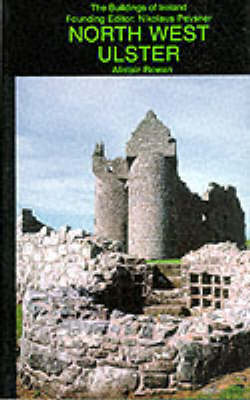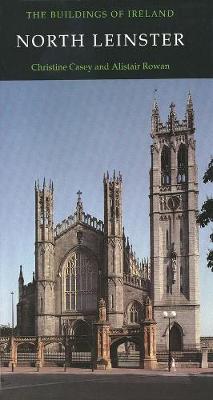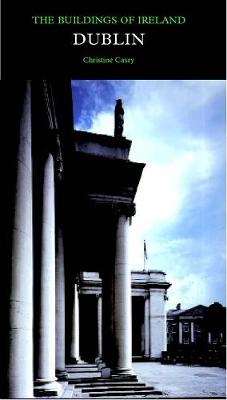Pevsner Architectural Guides: Buildings of Ireland
3 total works
The remote, rugged, rough country of North West Ulster possesses buildings as varied as its landscape. Monuments of the Celtic church - sculptured cross-slabs, high crosses and round towers - and medieval tower houses survive from its earliest centuries. Fortified houses from the Plantation period are succeeded by Georgian mansions, and the richly varied urban and rural buildings of the Victorian period. In its churches both Protestant and Catholic, North West Ulster shows itself no less diverse.
The second volume in the definitive Buildings of Ireland series covers the counties of Longford, Louth, Meath and Westmeath. Within this varied landscape north of Dublin lie some of Ireland's most remarkable buildings. Round towers and majestic high crosses of the early monasteries at Kells and Monasterboice contrast with the great Norman castle of Trim, with the evocative remains of once powerful abbeys, and with scores of fortified tower houses. Country houses range from Palladian and neo-classical to the romantic picturesque of the early nineteenth century, while both town and countryside offer a rich diversity of Victorian Gothic churches. All are described here with wit, scholarship and discrimination, prefaced by an illuminating historical introduction and aided by over 140 photographs, numerous specially prepared maps and line drawings, a glossary and comprehensive indexes.
In this uniquely comprehensive guide to the buildings of central Dublin, the city's churches, public buildings, and streets are described for every district in lively detail. The entire area within the canals is covered as well, along with the Phoenix Park. Illustrations include numerous maps, plans, and new color photographs.
Dublin's grand eighteenth-century set-pieces-Custom House, Four Courts, Bank of Ireland-are offset by a graceful Georgian cityscape, much of which remains intact. Rich and varied house interiors are also treated in full, many for the first time. The book features civic and commercial Victorian architecture, post-war buildings, and the buildings of a new generation of Irish architects. Two fine Gothic cathedrals remain from the medieval city, the full history of which is traced in an introduction to the volume.
For all who share an interest in the fabric of Dublin-architect or historian, tourist or armchair traveller-this is the essential work.
Dublin's grand eighteenth-century set-pieces-Custom House, Four Courts, Bank of Ireland-are offset by a graceful Georgian cityscape, much of which remains intact. Rich and varied house interiors are also treated in full, many for the first time. The book features civic and commercial Victorian architecture, post-war buildings, and the buildings of a new generation of Irish architects. Two fine Gothic cathedrals remain from the medieval city, the full history of which is traced in an introduction to the volume.
For all who share an interest in the fabric of Dublin-architect or historian, tourist or armchair traveller-this is the essential work.


